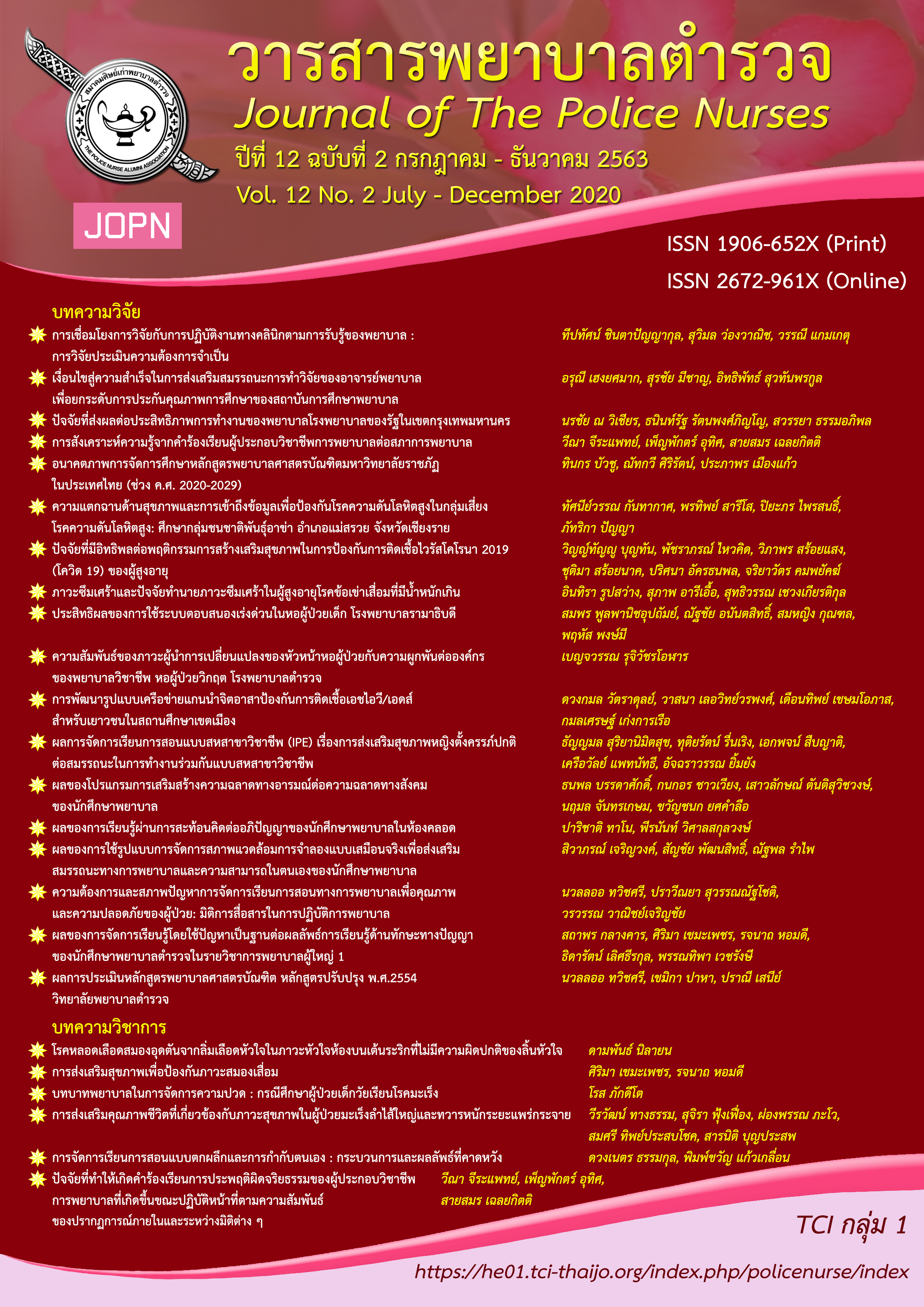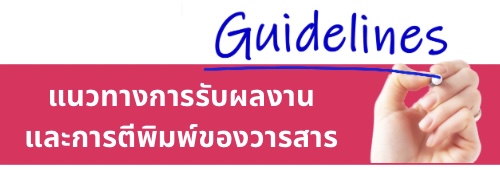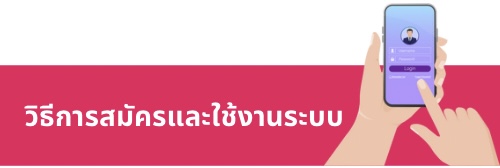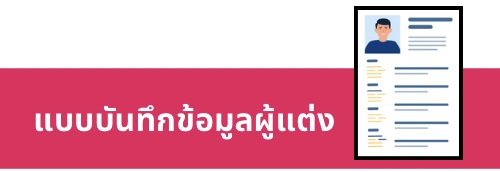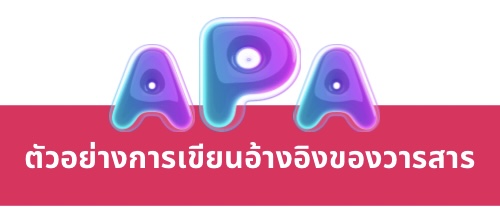การจัดการเรียนการสอนแบบตกผลึกและการกำกับตนเอง: กระบวนการและผลลัพธ์ที่คาดหวัง
คำสำคัญ:
การจัดการเรียนการสอนแบบตกผลึก, การกำกับตนเอง, ผลลัพธ์บทคัดย่อ
การจัดการเรียนการสอนแบบตกผลึกและการกำกับตนเองเป็นแนวทางการสอนที่ช่วยให้ผู้เรียนได้เกิดพฤติกรรมการเรียนรู้อันพึงประสงค์ ด้วยกระบวนการพื้นฐาน 5 ประการ ได้แก่ การคิดวิจารณญาณ การสร้างองค์ความรู้ใหม่ การประเมินในเชิงให้ค่า การบูรณาการ และการสื่อสาร อันเป็นการส่งเสริมให้ผู้เรียนเปลี่ยนแปลงพฤติกรรมภายในอย่างค่อยเป็นค่อยไป เพื่อควบคุมพฤติกรรมภายนอก ก่อให้เกิดการเรียนรู้ในเชิงสร้างสรรค์ ทำให้ผลสัมฤทธิ์ทางการเรียนดีขึ้น นอกจากนี้ ครูผู้สอนเป็นปัจจัยภายนอกที่มีอิทธิพลโดยตรงต่อผู้เรียน ซึ่งการเป็นผู้อำนวยความสะดวกสามารถจัดสิ่งแวดล้อมทางการเรียนรู้อย่างเหมาะสมทั้งด้านแหล่งเรียนรู้ การจูงใจผู้เรียน และสามารถสร้างผู้เรียนให้กำกับอารมณ์ที่ส่งผลต่อการเรียนรู้ได้ จะช่วยให้เกิดความรับผิดชอบในงาน การวางแผนและมีเป้าหมายการเรียนรู้ นำไปสู่การเติบโตทางปัญญา อีกทั้งครูผู้สอนสามารถส่งเสริมและพัฒนาพฤติกรรมการกำกับตนเองในการเรียนรู้ให้เกิดในผู้เรียนได้ เพื่อให้เกิดกระบวนการทางปัญญาและตกผลึกทางความคิด เกิดการเรียนรู้และเกิดผลสัมฤทธิ์ทางการเรียนที่ดีต่อไป
Downloads
เอกสารอ้างอิง
Boekaerts, M. (2006). Self-regulation and effort investment. In W. Damon & R. Lerner (Eds.), Handbook of child psychology. (vol. 4, pp. 345-377) (6th ed.). New York, NY: Wiley.
Broadbent, J., & Poon, W. L. (2015). Self-regulated learning strategies & academic achievement in online higher education learning environments: A systematic review. Internet and Higher Education, 27, 1–13.
Camahalan, F. M. G. (2006). Effects of self-regulated learning on mathematics achievement of selected southeast Asian children. Journal of Instructional Psychology, 33(3), 194-205.
Cheng, G., & Chau, J. (2013). Exploring the relationship between students' self-regulated learning ability and their e-portfolio achievement. Internet and Higher Education, 17, 9–15.
Chien, Y. C., Liu, M. C., & Wu, T. T. (2020). Discussion-record-based prediction model for creativity education using clustering methods. Thinking Skills and Creativity. Journal pre-proofs. https://doi.org/10.1016/j.tsc.2020.100650
Crisp, J., Douglas, C., Rebeiro, G., & Waters, D. (2016). Potter & Perry's fundamentals of nursing- Australian (5th ed.). Mosby Australia.
Irvine, S., Williams, B., Özmen, M., & McKenna, L. (2019). Exploration of self-regulatory behaviours of undergraduate nursing students learning to teach: A social cognitive perspective. Nurse Education in Practice, 41, 102633.
Iwamoto, D. H., Hargis, J., Bordner, R., & Chandler, P. (2017). Self-regulated learning as a critical attribute for successful teaching and learning. International Journal for the Scholarship of Teaching and Learning, 11(2), Art 7, 1-10.
Jones, K. K., & Byrnes, J. P. (2006). Characteristics of students who benefit from high-quality mathematics instruction. Contemporary Educational Psychology, 31(3), 328-343.
Jongjaisurathum, S., Supparerkchaisakul, N., & Damsuwan, W. (2015). Self-regulated learning strategies of 21st century. Journal of Behavioral Science for Development, 7(1), 15-26.
Khemmani, T. (2015). Teaching science: Knowledge for effective learning process management (19th ed.). Bangkok: Chulalongkorn University Printing House.
Kim, Y. H., & Jeon, J. H. (2018). The relationship between social problem-solving and self-regulation abilities according to clinical practice experience in nursing students. Indian Journal of Public Health Research and Development, 9(11), 817-821.
Laer, S. V., & Elen, J. (2019). The effect of cues for calibration on learners' self-regulated learning through changes in learners’ learning behaviour and outcomes. Computers & Education, 135, 30-48.
Ministry of Education. (1999). Education act 1999. Bangkok: Teachers Council of Thailand, Ladprao.
Panadero, E. (2017). A review of self-regulated learning: Six models and four directions for research. Frontiers in Psychology, 8(422), 1-28. doi:10.3389fpsyg.2017.00422
Pintrich, P. R. (2000). The role of goal orientation in self-regulated learning. In M. Boekaerts, P. R. Pintrich, & M. Zeidner (Eds.), Handbook of self-regulation (pp. 451-502). CA: Academic Press.
Poomsanguan, K., Wongprach, B., & Bandansin, J. (2019). Application of the crystal-based instructional model for the demonstration of basic nursing procedures in the course basic nursing, the Royal Thai Army Nursing College. Journal of The Royal Thai Army Nurses, 20(3), 34-43.
Punmongkol, P. (2009). The regulation of academic emotions (Doctoral thesis). University of Sydney.
Saraubon, K., Nilsook, P., & Wanapiroon, P. (2015). Design of crystal-based learning on mobile augmented book. Proceeding in the sixth TCU international e-learning conference 2015. Global Trends in Digital Learning, July 20-21, 2015, BITEC Bangna, Bangkok, Thailand.
Sinlarat, P. (2014). Principles and techniques of higher education teaching (4th ed.). Bangkok: Chulalongkorn University Printing House.
Thammongkhondet, W., & Prompan, I. (2011). Effects of teaching printed textile design by using the crystal-based instructional model on learning outcomes of undergraduate students in Fine and Applied Arts programs. An Online Journal of Education, 6(1), 585 – 599.
Thummakul, D., Chobarunsitti, C., & Sritakaew, N. (2018). Learning achievement and self-regulation behavior of nursing students by crystal-based learning in nursing research subject. Princess of Naradhiwas University Journal, 10(3), 129-142.
Torralba, K. D., & Doo, L. (2020). Active learning strategies to improve progression from knowledge to action. Rheumatic Disease Clinics of North America, 46(1), 1-19.
Wattanatorn, A. (2008). Crystallization of teaching and learning at the graduate level. Research report for learning and teaching development. Faculty of Education, Naresuan University, Phitsanulok, Mueang Phitsanulok.
Yang, Z., Zhou, Y., Chung, J. W. Y., Tang, Q., Jiang, L., & Wong, T. K. S. (2018). Challenge based learning nurtures creative thinking: An evaluative study. Nurse Education Today, 71, 40-47.
Zimmerman, B. J. (2004). Sociocultural influence and students' development of academic self-regulation. In D. M. Mclnerney & S. V. Etten (Eds.), Big Theories Revisited (vol. 4, pp. 139-164). Connecticut: LAP.
Zimmerman, B. J., & Kitsantas, A. (2014). Comparing students’ self-discipline and self-regulation measures and their prediction of academic achievement. Contemporary Educational Psychology, 39(2), 145-155.
Zimmerman, B. J., Schunk, D. H., & DiBenedetto, M. K. (2015). A personal agency view of self-regulated learning: The role of goal setting. In F. Guay, H. Marsh, D. M. McInerney, & R. G. Craven (Eds.), International advances in self-research. Self-concept, motivation and identity: Underpinning success with research and practice (pp. 83-114). IAP Information Age Publishing.
ดาวน์โหลด
เผยแพร่แล้ว
รูปแบบการอ้างอิง
ฉบับ
ประเภทบทความ
สัญญาอนุญาต
ผลงานที่ได้ตีพิมพ์แล้วจะเป็นลิขสิทธิ์ของวารสารพยาบาลตำรวจ

